Chuseongno1205 (추성로1205)
15.5Km 2021-04-07
1205, Chuseong-ro, Damyang-gun, Jeollanam-do
+82-61-383-1205
Tteokgalbi is the representative menu of Damyang in Jeollanam-do. The representative menu is grilled short rib patties. This is a Korean cuisine located in Damyang-gun, Jeollanam-do.
Chonggak Kalguksu (총각칼국수)
15.7Km 2021-03-20
24-17, Damju 4-gil, Damyang-gun, Jeollanam-do
+82-61-383-2394
You can enjoy delicious noodles at reasonable prices. A noodle soup specialty restaurant located in Damyang-gun, Jeollanam-do. The most famous menu is noodle soup with clams.
Festival del Bambú de Damyang (담양 대나무축제)
15.7Km 2025-04-15
Jungnogwon-ro 134, Damyang-eup, Damyang-gun, Jeollanam-do
061-380-3152
El festival se realiza en un paisaje en donde se encuentra el camino de los árboles de bambú, cuyo recorrido es de 2,4 km. Se puede experimentar una gran variedad de eventos y actividades entretenidas relacionadas con el bambú. Además, también se puede participar en programas diferentes que se establecen en el río: viajar en balsa, andar en bicicleta sobre una superficie acuática, etc., y en el centro de experimentación cultural y de comidas, se pueden degustar los platos tradicionales de distintos países. En particular, en sus cercanías se encuentran: el jardín Soswaewon, el bosque Gwanbangjerim, el Jardín del Bambú Juknokwon y el Sendero de las Metasecuoyas, entre otros.
Gochang-eup Sunghanok Village / 고창읍성한옥마을
15.7Km 2025-08-13
128, Dongni-ro, Gochang-eup, Gochang-gun, Jeonbuk-do
+82-63-563-9977
Bosque Gwanbangjerim (관방제림)
15.8Km 2024-12-23
Gaeksa-ri 1, Damyang-eup, Damyang-gun, Jeollanam-do.
Siendo el Patrimonio Natural Nº 366, se encuentra localizado en el distrito de Damyang de la provincia de Jeollanam-do, en el extremo norte del arroyo Damyangcheon, que rodea toda la zona de Damyang-eup. Es un bosque artificial construido con el fin de impedir la inundación del arroyo y consta con la plantación de numerosos árboles de entre 200 y 300 años de edad; como Aphananthe aspera, Zelkova serrata, almez (nombre botánico: Celtis sinensis), cerezos, etc.
Tteokgalbibonga Restaurant - Damyang Branch (떡갈비본가-담양)
15.9Km 2021-08-26
91, Jungang-ro, Damyang-eup, Damyang-gun, Jeollanam-do
+82-61-383-6692
Damyang, located in Jeollanam-do, is not only famous for its bamboo trees, but is also for its tteokgalbi, or grilled short rib patties.
Tteokgalbibonga, known for its signature tteokgalbi, has become quite famous in the area. With its exquisite resemblance to injeolmi (rice cakes coated with powdered soybeans) and the way it melts in your mouth, it’s no wonder Tteokgalbibonga attracts guests from as far as Japan.
Tteokgalbi gets its name from its resemblance to rice cakes, or tteok. In addition to its texture, its savory marinade brings out the meaty flavor of tteokgalbi.
Aside from their main dish, hanu (Korean beef) tteokgalbi, they also have dwaejigalbi, bulgogi, and galbi tang available, served with regular side dishes of a Korean set menu, even including a dessert. Tteokgalbibonga is often crowded with customers that you’ll likely have to wait in line if you visit for during the evening.
Unknown Hotel / 언노운호텔
15.9Km 2025-08-12
27, Damju 1-gil, Damyang-gun, Jeollanam-do
+82-61-382-2600
This hotel’s outstanding feature is its room design, which seems straight out of a pop art piece. There are 30 rooms in total, furnished with bright colors like pink, yellow, or red and contemporary design. It is located less than 1 km away from Damyang Bus Terminal, making it highly accessible as well. In terms of bed comfort, which is an issue of paramount importance for hotels, Unknown Hotel’s large king size bed and plush mattress excel. There is a wide selection of rooms, from Standard Plus and Deluxe for 2 to 8-person Signature rooms. The Signature room, which is inspired by the American artist Edward Hopper’s work, is ideal for private meetings as well, having a spacious living room with a six-person table. The hotel also offers bicycles for rental, which are ideal for exploring Damyang’s Juknokwon, Gwanbangje Forest, and Metasequoia Road.
Festival de la Fortaleza Moyangseong de Gochang (고창모양성제)
15.9Km 2025-08-11
Moyangseong-ro 11, Gochang-eup, Gochang-gun, Jeonbuk-do.
063-560-2949
Fortaleza Gochangeupseong (고창읍성)
15.9Km 2024-12-04
Moyangseong-ro 1, Gochang-eup, Gochang-gun, Jeonbuk-do.
+82-63-560-8067
Es una fortaleza construida por el mismo pueblo de Gochang, dentro de la cual se encuentran muchos lugares que representan la dinastía Joseon. Es un buen lugar para observar la belleza de la arquitectura coreana, y en otoño se convierte en un excelente sitio para dar un lindo paseo junto a los coloridos árboles.
Antigua Residencia de Sin Jaehyo en Gochang (고창신재효고택)
16.0Km 2024-04-07
Dongni-ro 100, Gochang-eup, Gochang-gun, Jeonbuk-do.
+82-63-560-2943
Sin Jaehyo (1812-1884) fue un renombrado teórico de la música y promotor del pansori (ópera coreana). Pasó toda su vida en Gochang, desarrollando varias disciplinas, y se convirtió en maestro de pansori. También compiló y editó seis obras de pansori tituladas: Ttoggi Taryeong, Bak Taryeong, Simcheongga, Jeokbyeokga, Chunhyangga, y Garujigi Taryeong.
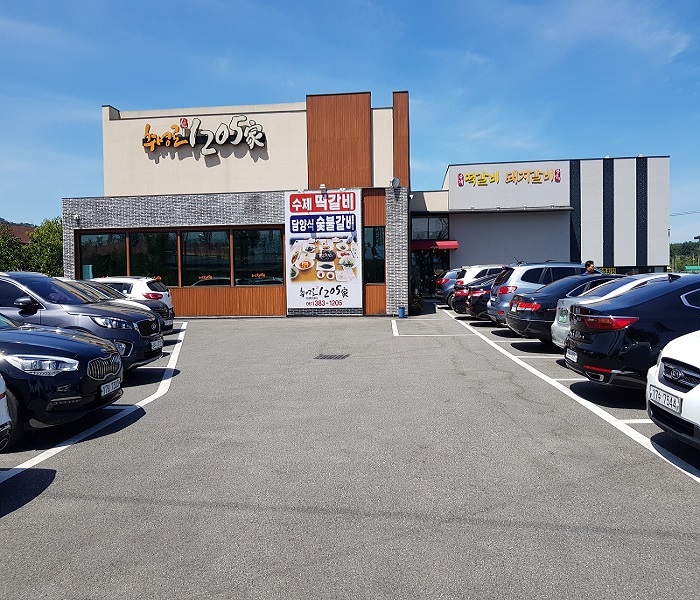
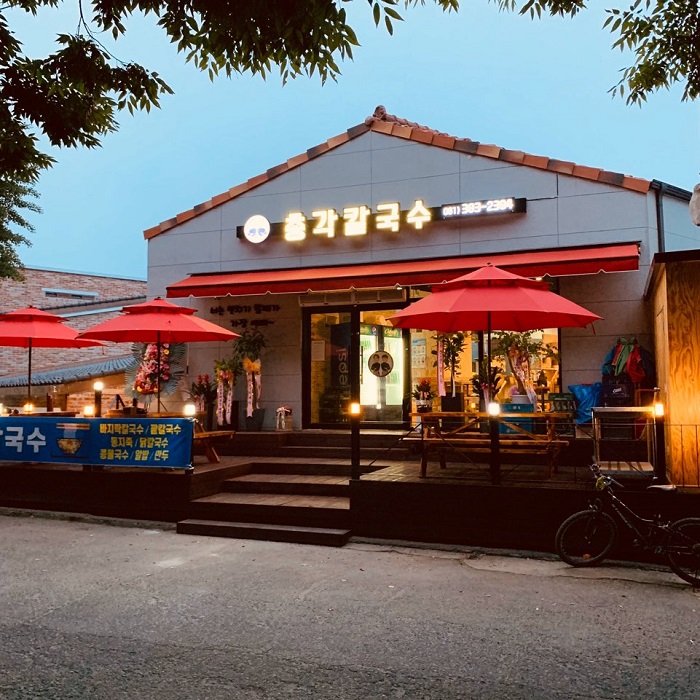
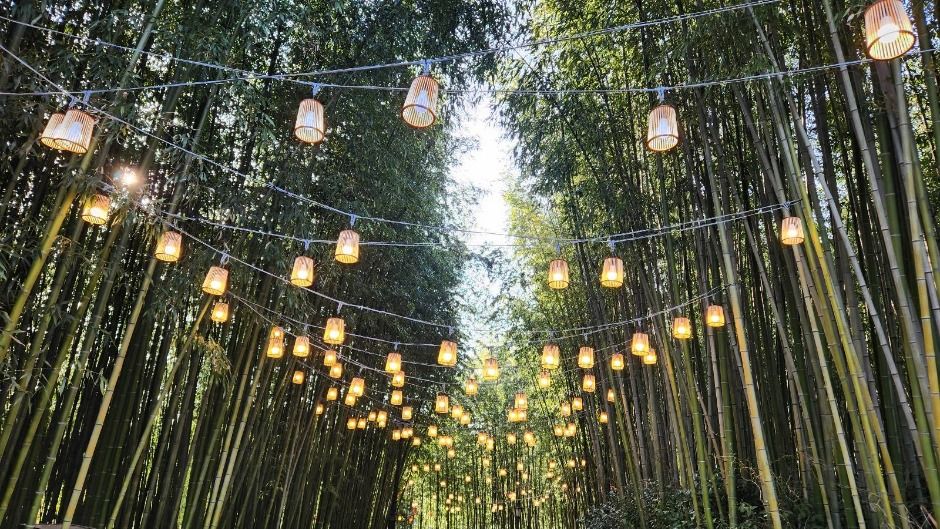
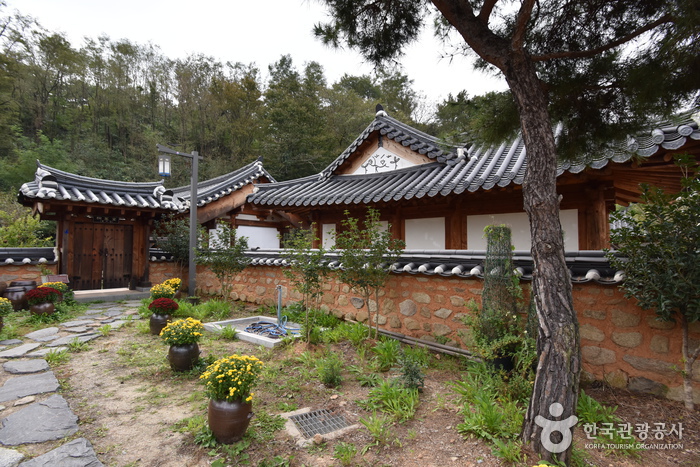

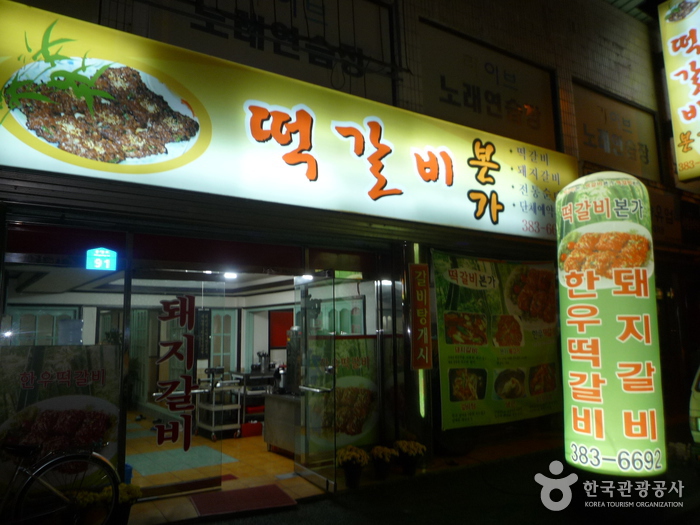
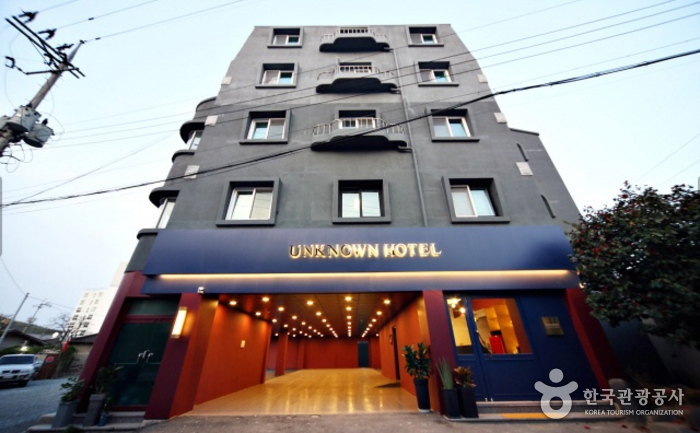
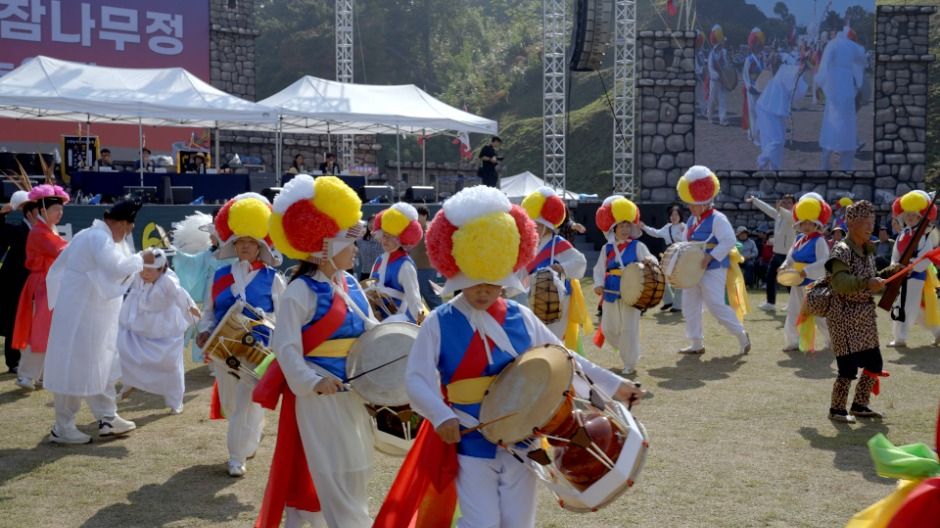
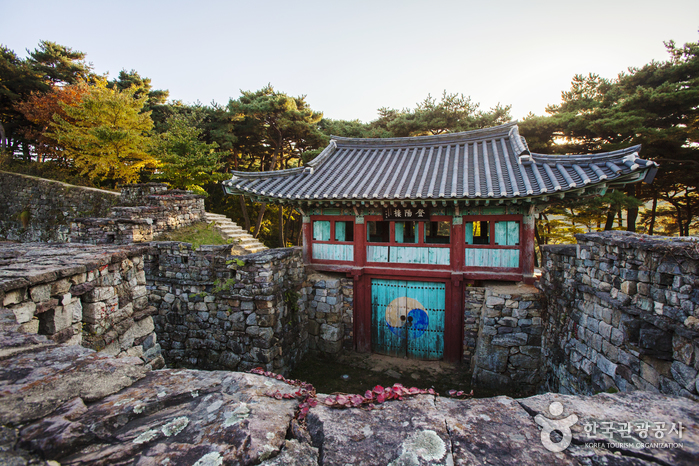
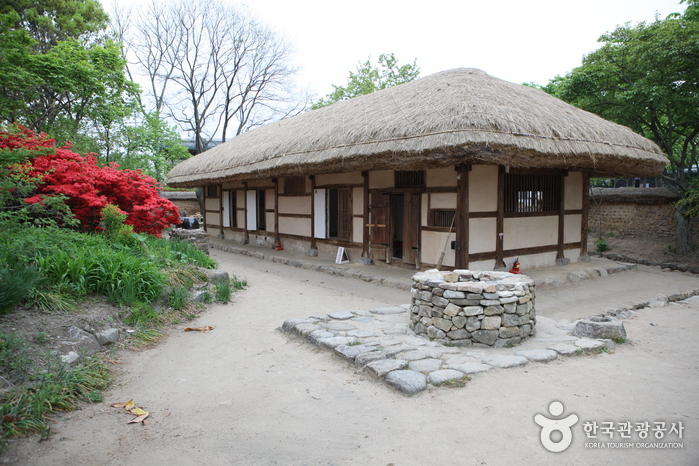
 Español
Español
 한국어
한국어 English
English 日本語
日本語 中文(简体)
中文(简体) Deutsch
Deutsch Français
Français Русский
Русский